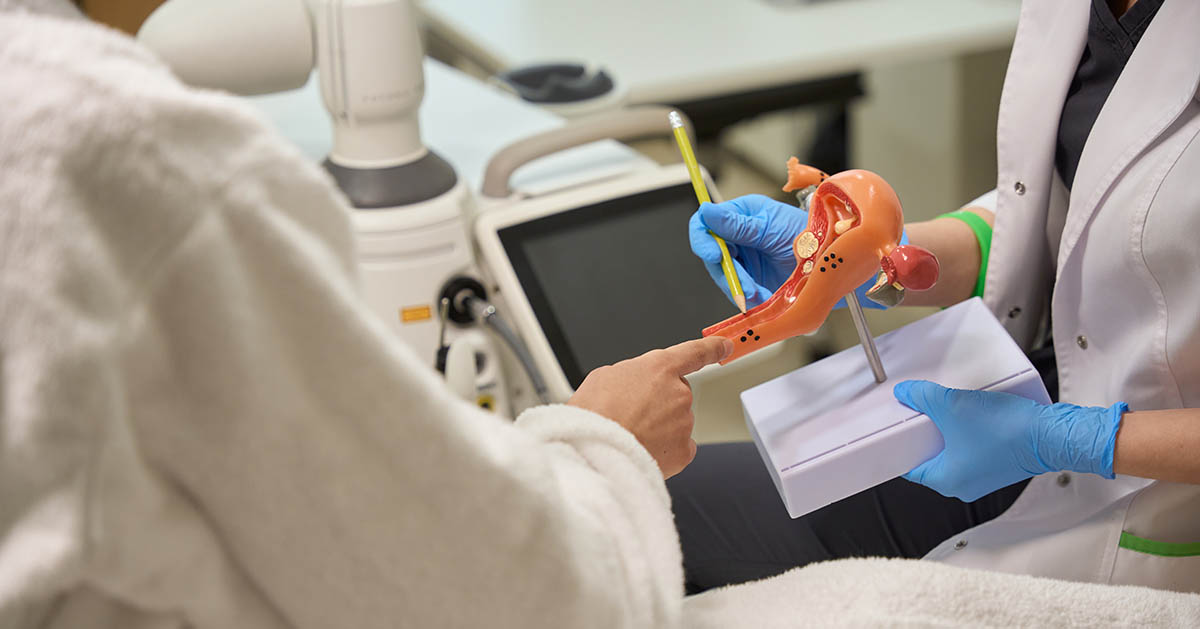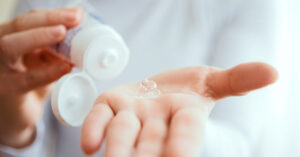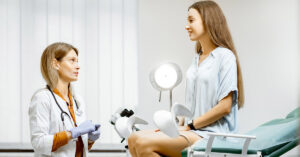Vaginoplasty, a minimally invasive procedure designed to reconstruct or create the vaginal canal, is often undertaken for functional or cosmetic reasons. Whether performed to address medical concerns such as vaginal laxity after childbirth, ageing, trauma or other reasons, vaginoplasty is a complex procedure that requires careful planning and understanding of the recovery process.
In this comprehensive guide, we explore the vaginoplasty recovery time, steps to ensure a smooth recovery and actionable tips to optimize your post-operative experience1.
Understanding Vaginoplasty Recovery Time
The recovery time for vaginoplasty can vary significantly depending on individual health, the extent of the surgery, and adherence to post-operative care guidelines. Generally, patients can expect an initial recovery period of 4 to 6 weeks, with full healing taking up to 6 months or more.

Key Phases of Vaginoplasty Recovery Timeline
1. Immediate Post-Operative Period (First Week)
The first week after vaginoplasty is crucial for setting the foundation of your recovery. During this period, patients commonly experience swelling, bruising, and mild to moderate pain. These symptoms are normal and typically managed with prescribed pain medications and anti-inflammatory treatments.
Points to note:
- Your surgical team will closely monitor your progress to check for early signs of complications, such as infections, excessive bleeding, or issues with wound healing.
- Adhering to strict hygiene practices, such as gentle cleansing and avoiding contact with unsterilized surfaces, is vital to reduce infection risk.
- Rest is paramount, and any unnecessary movements should be avoided to prevent strain on the surgical site.
2. Subacute Recovery Phase (2 to 6 Weeks)
As you enter the subacute phase, the initial swelling and bruising begin to diminish. Many patients notice improved mobility and comfort, allowing for the gradual resumption of light daily activities, such as short walks or household tasks. However, this period is still critical for ensuring proper healing, and strenuous activities, including heavy lifting, exercise, or sexual intercourse, are strictly prohibited.
Points to note:
- Overexerting yourself during this phase can disrupt the healing process, leading to complications like wound reopening or scarring.
- Regular follow-up appointments during this phase help your surgeon monitor progress and make adjustments to your care plan as needed.
3. Long-Term Recovery (6 Weeks to 6 Months)
The long-term recovery phase focuses on tissue maturation and strengthening. By this time, most swelling and discomfort will have subsided, and patients can slowly reintegrate more physical activities as advised by their surgeon.
Points to note:
- Regular follow-ups remain essential, as your surgeon will assess healing, address any scarring, and monitor overall functionality.
- Adherence to ongoing care ensures the surgical results are maintained, and complications like narrowing or tissue regression are avoided.
- Patience and commitment to your care plan during this phase are key to achieving optimal long-term results.
Preparing for Recovery After Vaginoplasty
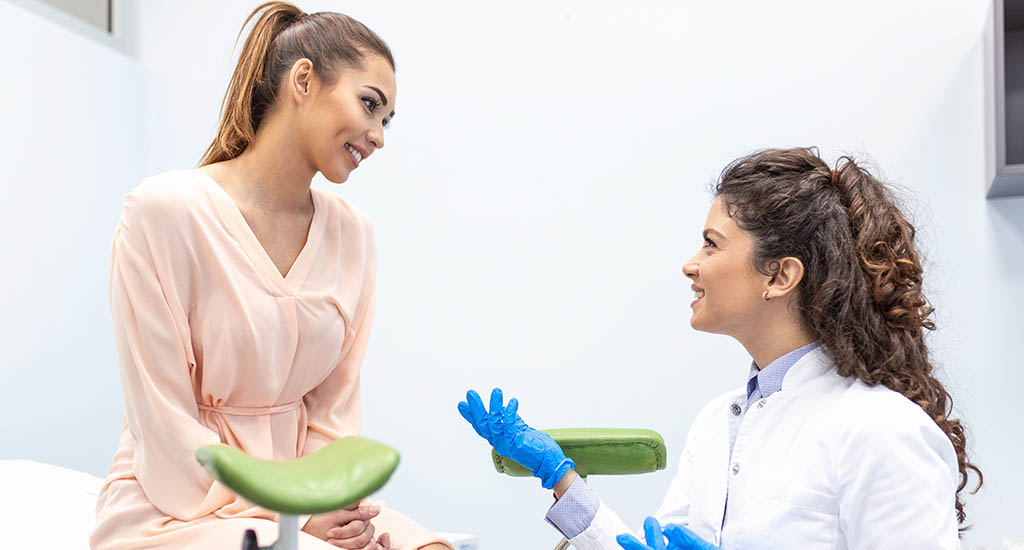
Proper preparation is essential for a smooth and timely recovery after vaginoplasty, helping to minimize complications and ensure optimal healing. By understanding what to expect and following your surgeon’s recommendations, you can navigate the recovery process confidently, reduce risks, and achieve the best possible outcomes for your health and well-being. Below are practical tips for vaginoplasty post-recovery.
1. Set Up a Comfortable Recovery Space
Stock up on essentials like loose-fitting clothes, sanitary pads, and comfortable seating arrangements. Arrange your home to minimize the need for movement, as rest is crucial during the early recovery phase.
2. Plan for Assistance
For the first week after surgery, enlist the help of a friend or family member. Tasks such as meal preparation, errands, and even standing up from a seated position may require assistance.
3. Follow Pre-Operative Guidelines
Your surgeon may recommend stopping certain medications or supplements that could interfere with healing. Smoking and alcohol should be avoided before and after surgery to promote better recovery outcomes.
Post-Operative Care: Optimizing Recovery From Vaginoplasty
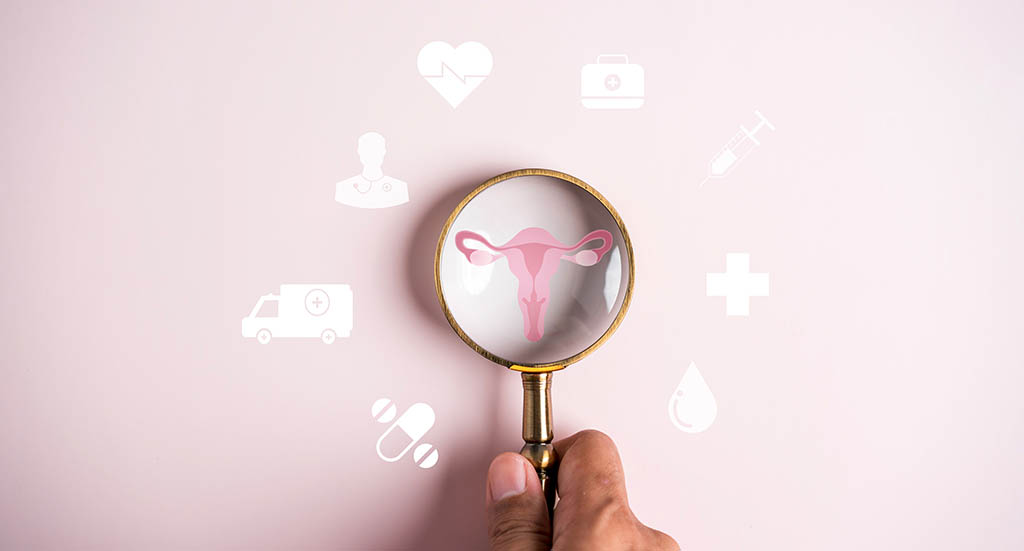
Proper post-operative care is essential to minimize complications and support healing. Here’s what to expect:
1. Pain Management
Prescription pain relievers and over-the-counter medications like acetaminophen may be recommended. Avoid non-steroidal anti-inflammatory drugs (NSAIDs) unless advised, as they can increase bleeding risk2.
2. Hygiene Practices
Keeping the surgical site clean and dry is vital3. Use gentle cleansing solutions and pat the area dry with a soft towel. Avoid scented soaps, lotions, or harsh cleaning agents and soaking in baths or swimming pools until cleared by your surgeon.
3. Monitor for Complications
While complications are rare, signs like unusual swelling, persistent pain, or foul-smelling discharge warrant immediate medical attention. Early intervention can prevent serious issues.
The Importance of Rest During Vaginoplasty Recovery Time
Rest is the cornerstone of recovery. Limit physical activity and prioritize sleep to allow your body to repair itself. Avoid activities that increase intra-abdominal pressure, such as heavy lifting or coughing.
Emotional Well-Being During Recovery After Vaginoplasty
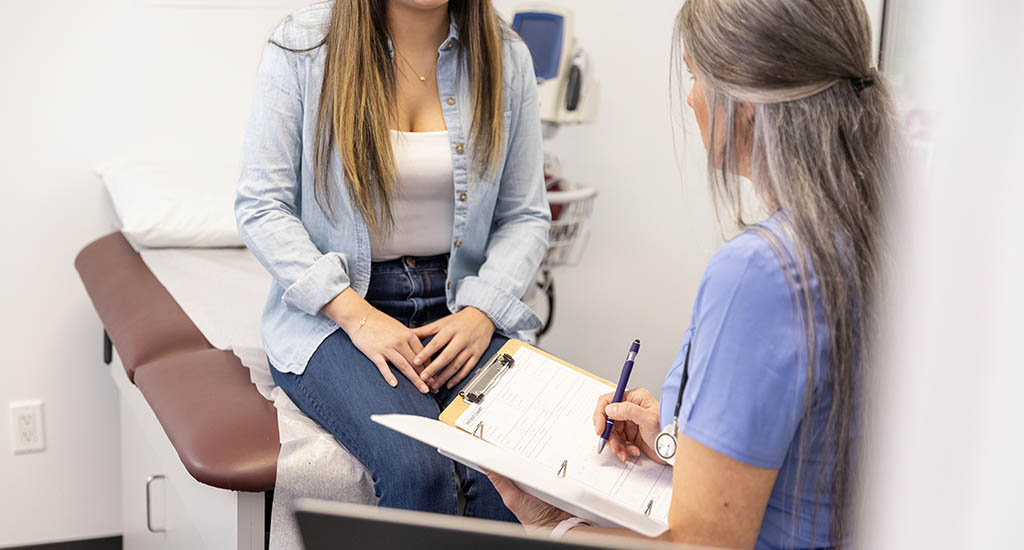
The recovery period can be emotionally challenging. Patients often experience fluctuations in mood due to hormonal changes, pain, and physical limitations. Here are some ways to support your emotional health:
- Stay Connected: Keep in touch with supportive friends and family.
- Seek Professional Help: Counseling or therapy can be beneficial if you feel overwhelmed.
- Celebrate Milestones: Recognize small achievements, such as reduced pain or increased mobility.
Tips for a Smooth Post-Vaginoplasty Recovery
- Nutrition Matters: A balanced diet rich in protein, vitamins, and minerals supports wound healing. Include foods like lean meats, leafy greens, and whole grains. Avoid processed foods and sugary snacks, which can delay recovery.
- Hydration: Drink plenty of water to promote circulation and reduce swelling.
- Follow-Up Appointments: Regular visits to your surgeon allow for monitoring progress and early detection of potential issues.
- Physical Therapy: In some cases, pelvic floor therapy may be recommended to restore strength and functionality.
Long-Term Considerations for Recovery From Vaginoplasty
Complete healing from vaginoplasty can take several months to a year. Adopting healthy habits and adhering to your surgeon’s advice are critical for long-term success. Be patient with your body and its healing process.
Professional Assistance For Vaginoplasty Recovery
Understanding the vaginoplasty recovery timeline and preparing for the process is essential for a smooth experience. By taking proactive steps before surgery, adhering to post-operative care guidelines, and prioritizing both physical and emotional well-being, patients can achieve optimal outcomes. Always consult with a qualified surgeon and follow their tailored recommendations to ensure a successful recovery journey.
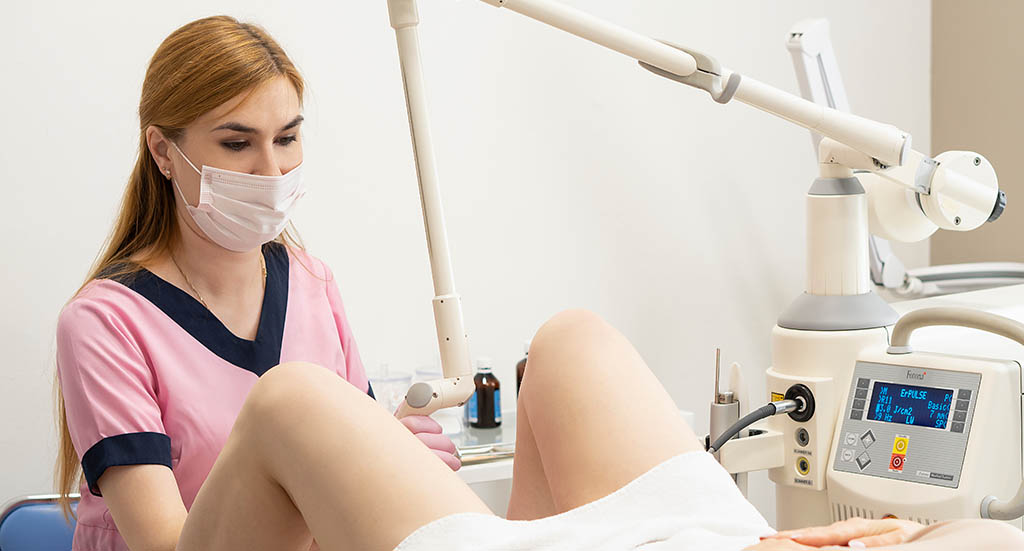
At Alinea Labiaplasty & Vaginoplasty NJ, we not only provide expert vaginoplasty procedures but also educate our patients about the recovery process, ensuring they are well-prepared for a smooth healing journey. Our team is committed to your care every step of the way. To book an appointment or for any queries about the procedure and recovery, contact us today.
References
- Lin, W. C., et al. (2013). “Post-Operative Recovery After Vaginal Reconstruction Surgery: Insights and Guidelines.” American Journal of Obstetrics & Gynecology.
- Paternoster M, Steichen O, Lapeyre-Mestre M, Blanchon T, Rossignol L, Vilcu AM, Launay T, Sarazin M, Bagheri H, Conte C, Turbelin C, Hanslik T, Souty C. Risk of Bleeding Associated With Nonsteroidal Anti-inflammatory Drug Use in Patients Exposed to Antithrombotic Therapy: A Case-Crossover Study. J Clin Pharmacol. 2022 May;62(5):636-645. doi: 10.1002/jcph.2003. Epub 2022 Jan 5. PMID: 34787325.
- Nyirjesy, P., et al. (2020). “Hygiene and Wound Care in Post-Vaginal Surgery Patients.” Obstetrics and Gynecology Clinics of North America.

